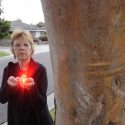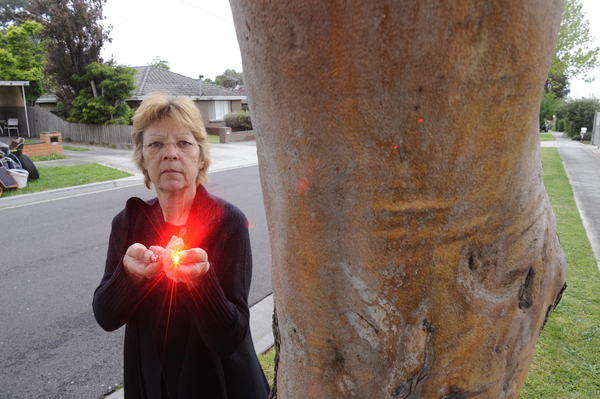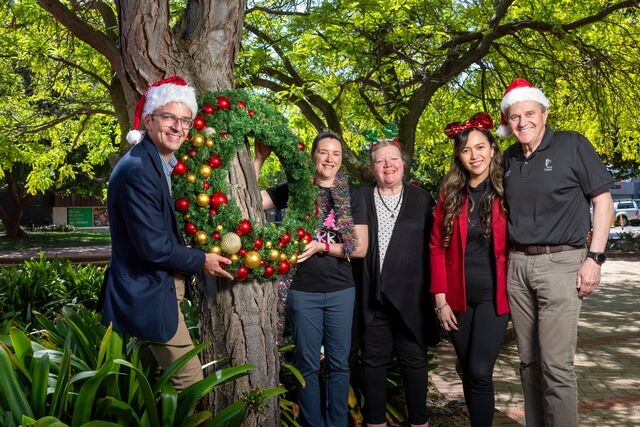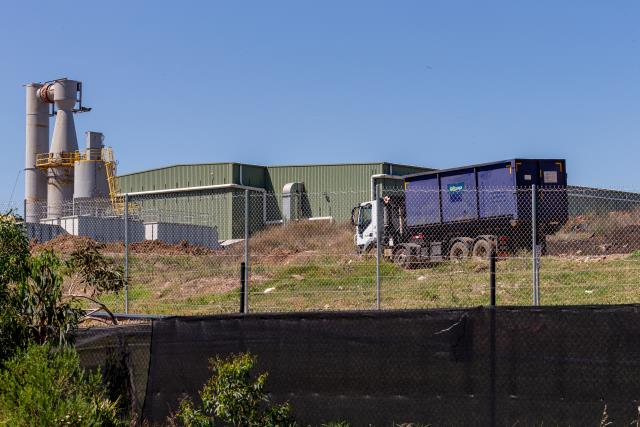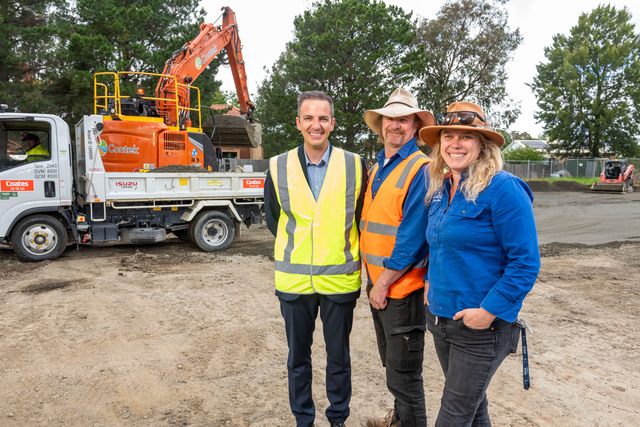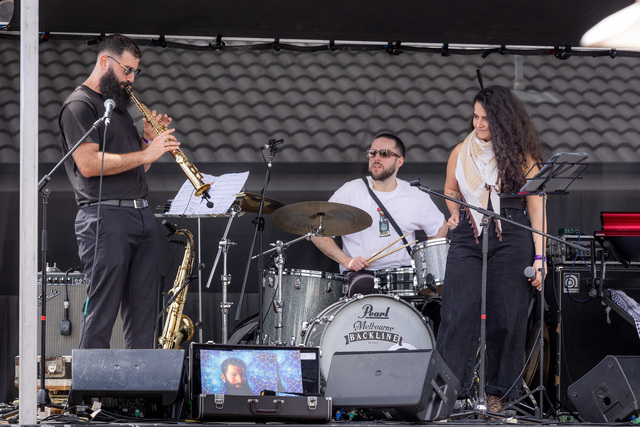By Brendan Rees
A flock of Indian myna birds are still screeching at a Hallam resident’s bedroom window, despite repeated efforts by Casey council to move them on.
Vera Mezentsff said “you don’t get a break” and that she can’t remember the last time she had a proper night’s sleep.
She said the birds, which live in a tree on the nature strip on Charles Avenue, were an ongoing “problem”.
“I’m still being woken in the morning because their chirp is really loud,” Ms Mezentsff said.
“It’s shocking. They rule our life in a way because they wake you up and in the evening you have to put the TV up louder to drain out their screeches.”
Ms Mezentsff said that pointing a laser beam at the birds, which was recommended by Casey council to drive them away, had failed.
“I can’t do the lasering every night. When I stop they come back. In the morning there’s not as many.”
She said there were a number of the birds had “made that tree home,” adding “the noise travels so it’s hitting our bedroom windows”.
Casey councillor Wayne Smith said some council officers were against removing the tree and had put the issue in the “too hard basket.”
“If we own the tree then we need to do something about it. My first option is to just get rid of the tree. Remove the tree and immediately remove the problem.”
At the City of Casey’s 6 June meeting, Cr Smith successfully moved for action against the birds as a “matter of extreme urgency”.
He said there was “some improvement” after the council exhausted a number of control techniques including trapping, reduction of tree canopy and harbour, netting the tree and laser pointing.
“In the end I just want her (Ms Mezentsff) to have some peace and quiet that everyone else in Casey is able to have.”
Cr Smith said it was only recently that he received a call from Ms Mezentsff saying the squawking was “becoming unbearable” one morning at 5am.
He said the laser beam had worked in “short bursts” and while it was not ideal, it was relieving the problem.
“It scares the birds off. The RSPCA don’t like it because they believe it’s potentially damaging the birds. We don’t know that. In the end it did work to an extent.”
Cr Smith said the council had not gauged if other neighbours had been affected.
“The problem is getting better because the birds are naturally nesting somewhere else now.
“Probably some of the birds are staying there because that’s where they are nesting.
“There were hundreds of birds at one stage,” he said.

